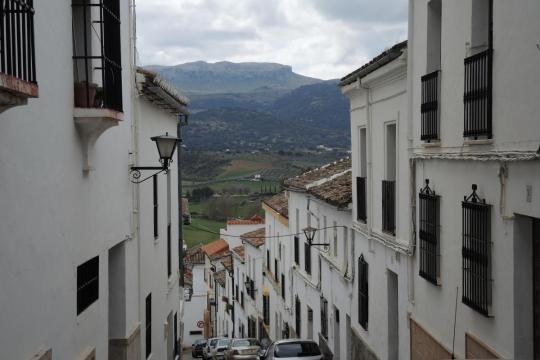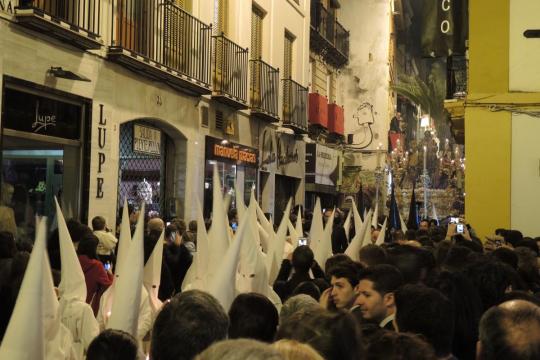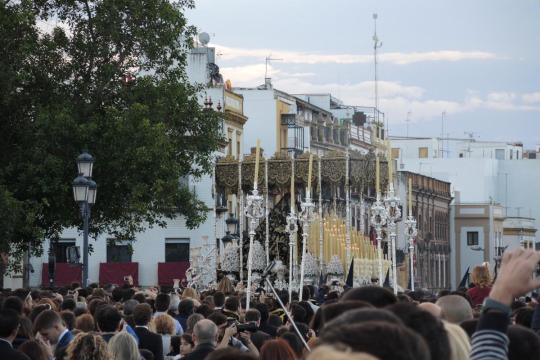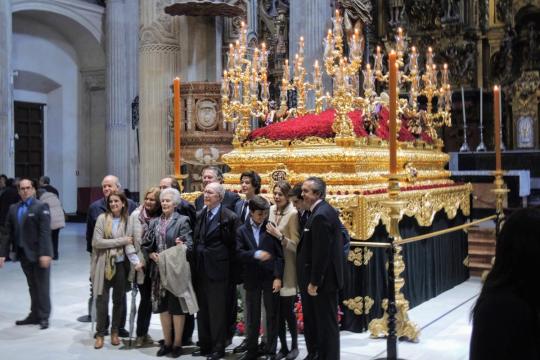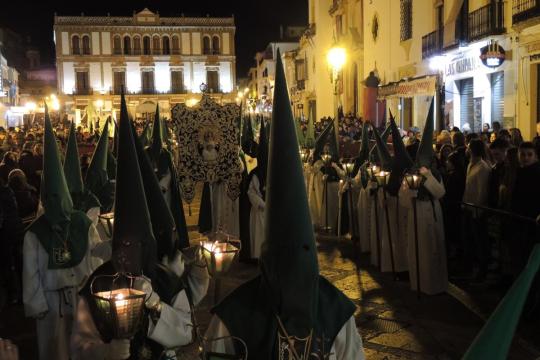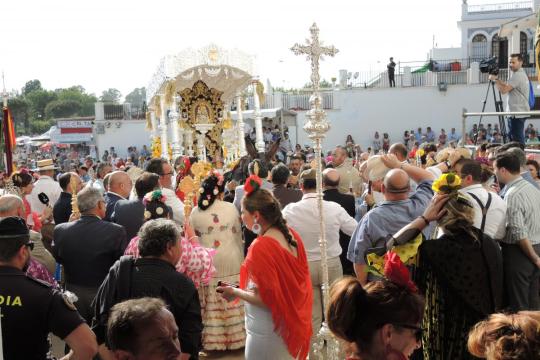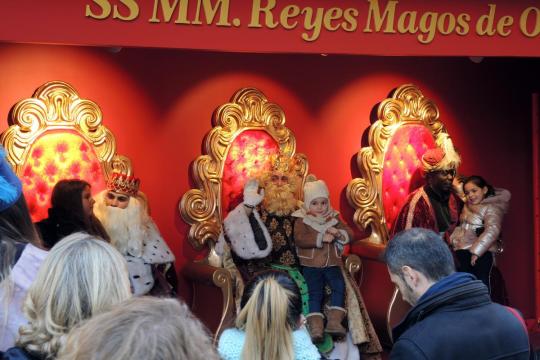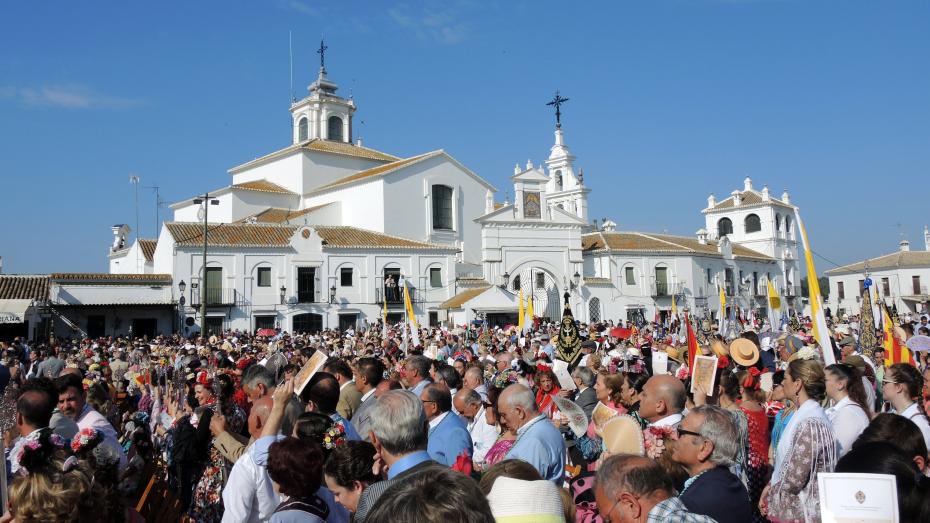
In recent decades, as it moved to shed the legacy of Franco’s years of dictatorship and found a newly integrated place in the European Union, Spain has undergone remarkable cultural and religious change. Once the most solidly Catholic of countries, Spain today retains relatively high levels of nominal membership, but in many other regards is remarkably secular. Many of those who claim Catholic affiliation seldom attend church.
While those who track church attendance and other measures might see decline, a number of important feasts and devotions suggest the opposite. Long lines of pilgrims wait to see the Black Madonna of Montserrat, in Catalonia, and pilgrims visit all day at sites like the cathedral in Zaragoza, home to Nuestra Señora del Pilar. Holy Week in Seville, a centuries-old tradition that one might expect to be much diminished in a secular environment, is a remarkably vibrant event that takes over the city for more than a week. The confraternities that organize the processions are a deep part of the religious and social fabric of the city, and carry on their activities all year long. Read more...
National Demographics
- 1 United Nations, Department of Economic and Social Affairs, Population Division, World Urbanization Prospects: The 2018 Revision, Online Edition (New York: United Nations, 2018).
- 2 United Nations, Department of Economic and Social Affairs, Population Division, International Migrant Stock 2020 (New York: United Nations, 2020).
- 3 Data as of 2021. United Nations Office on Drugs and Crime, "Intentional Homicide," United Nations, Accessed April 9, 2024; United Nations Office on Drugs and Crime, Global Study on Homicide 2023 (Vienna: United Nations, 2023).
- 4 "2023 Corruption Perceptions Index," Transparency International, Accessed April 9, 2024.
- 5 United Nations Children's Fund, The State of the World's Children 2023 (Florence: UNICEF Innocenti – Global Office of Research and Foresight, 2023).
- 6 International Telecommunication Union, "Individuals using the Internet (% of population)," The World Bank, Accessed April 24, 2024.
- 7 Poverty and Inequality Platform, "Poverty headcount ratio at $2.15 a day (2017 PPP) (% of population)," The World Bank, Accessed April 24, 2024.
- 8 World Economic Forum, Global Gender Gap Report 2023 (Geneva: World Economic Forum, 2023).
- 9 As Pew describes it, "Government restrictions on religion include laws, policies and actions that regulate and limit religious beliefs and practices. They also include policies that single out certain religious groups or ban certain practices; the granting of benefits to some religious groups but not others; and bureaucratic rules that require religious groups to register to receive benefits." As noted on pp. 45-47 of the report, the index summarizes data from 19 sources. The index does not differentiate whether the laws are directed toward Catholics. Pew Research Center, Globally, Government Restrictions on Religion Reached Peak Levels in 2021, While Social Hostilities Went Down (Pew Research Center, 2024).
- 10 As Pew describes it, "Social hostilities include actions by private individuals or groups that target religious groups; they also include actions by groups or individuals who use religion to restrict others. The SHI captures events such as religion-related harassment, mob violence, terrorism/militant activity, and hostilities over religious conversions or the wearing of religious symbols and clothing." As noted on pp. 45-47 of the report, the index summarizes data from 19 sources. The index does not differentiate whether the hostilities are directed toward Catholics. Pew Research Center, Globally, Government Restrictions on Religion Reached Peak Levels in 2021, While Social Hostilities Went Down (Pew Research Center, 2024).
Catholic Demographics
These statistics are derived from the Vatican's official publication, Statistical Yearbook of the Church 2022 (Vatican City: Librera Editrice Vaticana, 2024). The numbers may differ from data reported by other sources on this site.
